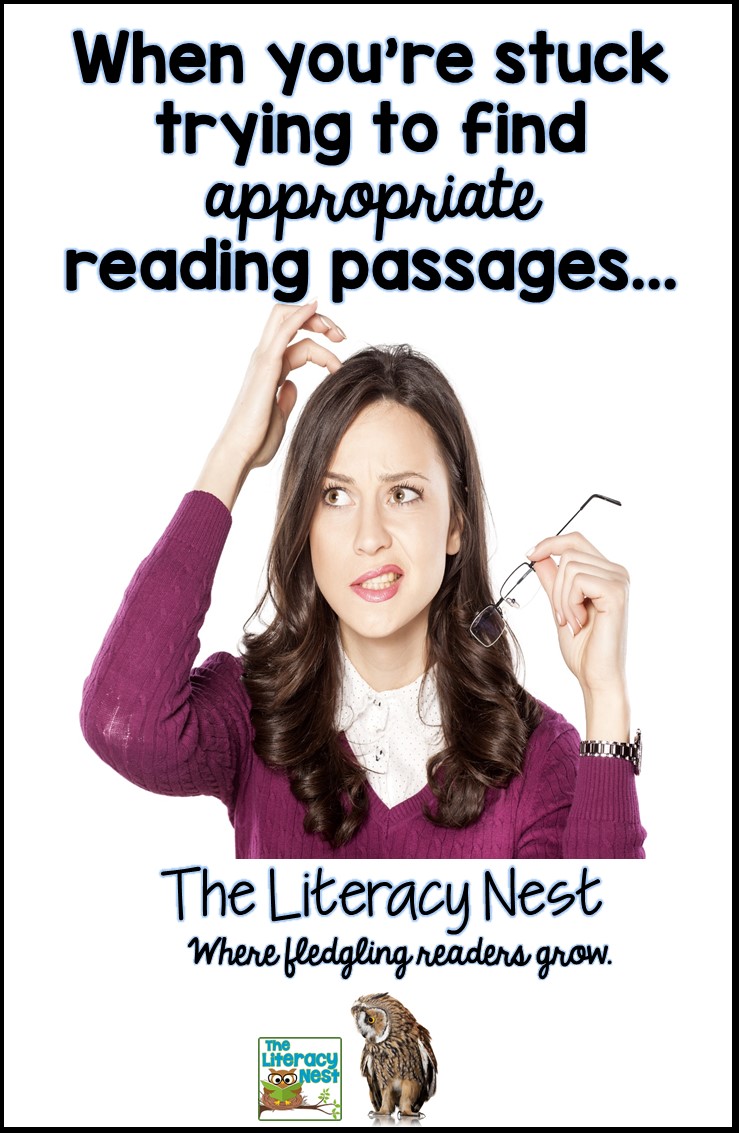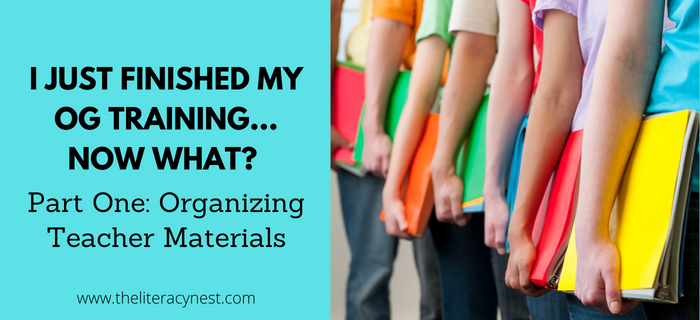Top Five Ways to Help Your Child Get Motivated to Read
Top Five Ways to Help Your Child Get Motivated to Read Some kids love to read and spend a lot of their time getting lost in the pages of a good book. Others hate the thought of reading. Some kids have a hard time staying focused on what they’re reading. Their minds wonder and they…


